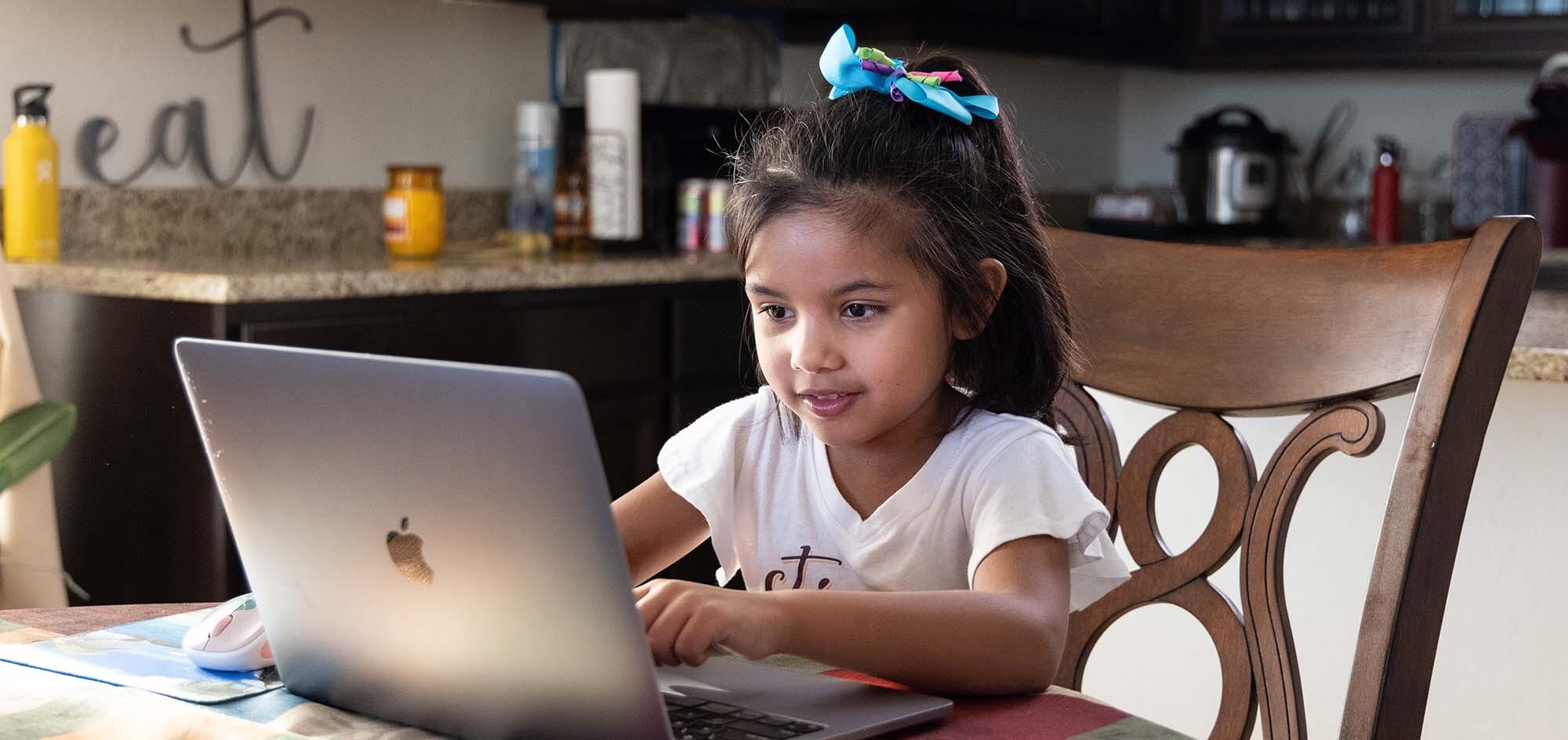With a new semester right around the corner, many families may be reconsidering their children’s learning environment, specifically when and if they should send their kids back to a brick-and-mortar school. While many of us expected to be fully back to face-to-face learning at this point, the reality is families may not feel ready for the return, whether due to uncertainty regarding COVID-19 variants, newly established routines, or even a preference for distance learning. How should your school prepare for this “new normal”? Here’s our recommendation for the most impactful actions your school can take to establish best practices and maximize support for your virtual students and families.
Make a Plan
When reviewing how your school will support students learning from home, consider what is working and what’s not. “Try to think about what was learned when schools shut down, and pay close attention to fixing those things that didn’t go well,” advises Megan Grothman, Global Partnership Manager for ASU Prep Digital. “The other important thing is to lean on people who are experts in the field—there’s no expectation that a school district has to know it all or have it all figured out, especially when there are people out there to help.” For ideas, ask other district leaders or potential school partners about challenges, opportunities, and what’s worked best to support virtual learners.
Ensure Access to Technology
Equitable access to computers and the internet are a must for remote students and essential to their success when learning virtually. If your school applied for funds under the Federal Communications Commission’s (FCC) Emergency Connectivity Fund in 2021, you can allocate that money for purchasing equipment such as laptops, tablets, and home internet access for students. In addition, schools can support families with assistance in applying for the FCC’s Emergency Broadband Benefit Program, which helps families access discounted broadband and technology devices.
Additionally, continue using any digital resources that were effective for your school during previous distance learning efforts. Using familiar tools ensures students are equipped to navigate the online learning environment if or when they find themselves back at home learning. Blended learning strategies are key in establishing equitable usage and benefits of educational technology.
Get Families Involved
Families are a critical component to the success of any distance learning program, so ensure your school is focused on ways to engage parents and make it easy for them to support their child’s learning. “The idea is to create an environment where parents feel like they can trust your commitment to their child’s success during distance learning,” says Grothman. “It’s also important to remind them that these struggles are totally normal.” This could be hosting weekly training sessions for parents on how to use your school’s learning management system, reviewing your virtual learning procedures and processes, or adapting to their communication preferences whether email, text, or phone. This support could also be streamlining communications so parents only need to look for updates in one place.
Prioritize 1:1 Interactions
An essential part of learning is the interaction that happens when students have the opportunity to connect with their peers and with their teacher. It’s when students can fully engage with a concept and where a teacher can facilitate deeper thinking. Part of supporting your school’s virtual learning program is finding ways to make these interactions a reality, whether by training your teachers or by bringing on a partner. “A big part of our training programs for teachers is how to establish those connections and find ways for students to share their voice and have a choice in what they’re learning,” says Grothman. “One of the strategies our teachers use is discussion-based assessments, where the teacher and the student just talk about what they’re learning. These can be daunting at first, but students end up liking the opportunity to discuss their learning with their teacher.” Open office hours and pre-scheduled one-on-one zoom videos are another way for teachers to regularly connect.
Don’t Overlook SEL Support
One unique difference in any distance-learning program is that teachers now have a window into a student’s home. As a result, they often end up knowing a lot more about a student’s day-to-day home life as opposed to when they only saw a student in their brick-and-mortar classroom. Knowing this, consider asking your teachers about any challenges they’ve faced with families and consider opting for school-wide training that will help your staff best interact with families while supporting a student’s social and emotional needs. “I talk to teachers a lot about just knowing your limits and asking for help,” says Grothman. “We do a lot of social-emotional training with our teachers, and it really helps them to recognize what they’re capable of supporting and when they need to get an expert involved.”
Partner with ASU Prep Digital
ASU Prep Digital is an accredited online K-12 school providing districts with single online courses, full-time virtual programs, innovative learning recovery solutions, and professional development options. We would love to collaborate and develop a customized program for your school’s needs. For information about partnering with ASU Prep Digital, please email partnership@asuprep.org.


